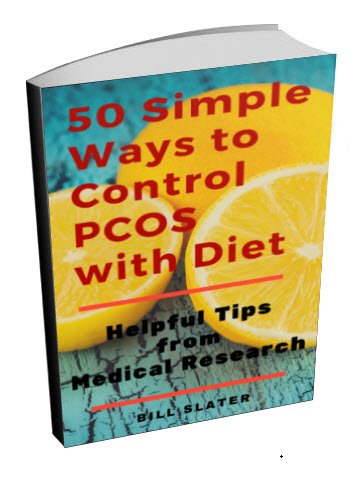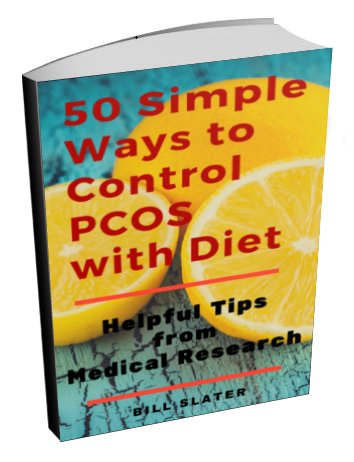Low GI diet helps PCOS women with normal weight too.
I'd been on the pill for 8 years, came off to try for a baby and my periods were very irregular.
I started monitoring BBTs and they were all over the place. I had some blood tests done and they confirmed that I had PCOS.
I'd read about low GI diets but didn't think it would help as I was normal weight (62 kg) for my height (170cm).
After 12 months of trying to conceive I wasn't keen on taking hormones, so I thought I'd give the low GI diet a try.
I was a healthy eater to begin with but did the following:
* Replace wholemeal bread with Soy & Linseed bread
* Replace white potatoes with sweet potatoes
* Replace muesli with rolled oats
* Replace dried fruit with nuts
* Replace fruit juice with water or fresh fruit
* Replace any rice with basmati rice
* Replace jam with nutella and vegemite
Within two weeks I had ovulated (not having had a period in 4 months), and 2 week later found out I had conceived.
A pregnancy ultrasound confirmed I was only ovulating from one ovary.
Interestingly I ended up with Gestational diabetes which is related to insulin resistance.
Nine months later on Christmas Eve our beautiful baby daughter was born.
I had to go on the back pill for work reasons, but 2 years later I'm off it again trying for number two.
I'm a scientist and I was rather skeptical of 2 weeks on a low GI diet being the key to getting pregnant.
However, now that I'm back off the pill again and having stuck to my low GI principles above (which I had to do having gestational diabetes), it's been 4 months and amazingly my periods have returned to a somewhat normal state (30-40 day cycles).
I genuinely believe that the low GI principles are helping me ovulate in a normal cycle.
~~~~~~~~~~~~~~~~~~~~~
Editor's comments: Thanks for sharing your story. The glycemic index is a very important dietary concept for evaluating how well your diet is working to control your PCOS symptoms, restore a normal cycle, and rebuild your health.
To the glycemic index, I would add the concept of "glycemic load". The glycemic load is really the number that people should pay attention to.
The carbohydrate in any food consists to two types: digestible and indigestible. The digestible part is "available" to be absorbed into your body to provide energy. The indigestible is called "fiber," and is excreted.
The "glycemic load" is an index number you get when you multiply the glycemic index and "available" carbohydrate in a serving of food, and then divide by 100.
Why should you care about the glycemic load? Let's look at each component of the glycemic load: glycemic index and available carbohydrate.
The glycemic index value for a food only tells you how quickly the available carbohydrate is converted into blood sugar. You can think of the glycemic as indicating the glycemic "quality" of the food.
The "available carbohydrate" number tells you the "quantity" of potential glycemic increase.
The glycemic load takes into account both the "quality" and the "quantity" of the carbohydrate food you are eating.
Our philosophy is to not worry too much about the glycemic index of the food you are eating. Instead, simply eat whole, unrefined foods. Stay completely away from any food that is in any kind of a package and that has been refined. If you do this, you're pretty well assured that you will be consuming foods with a low glycemic index and low glycemic load.
Get Answers to your Questions about
- Fertility
- Weight Control
- Hair Loss
- Stress
- Unwanted Hair
- Acne...and more!
FREE PCOS Report
and Newsletter

Your email is safe with us. We respect your privacy, and you may unsubscribe at any time.
Recent Articles
-
PCOS Long Journey to The Happy End
Apr 30, 18 07:24 PM
Hi Girls, Maybe my story will have one day a good end but I am not there yet. Until I was 31 years old I lived my dream, having lovely husband, good -
PCOS and Miscarriage
Apr 17, 18 04:03 PM
Proper diet and natural supplements can help the body maintain a pregnancy through successful delivery.
-
How to Deal with PCOS and Stress
Apr 04, 18 04:19 PM
Your body has a natural capacity to heal itself if you provide it with the necessary tools.





